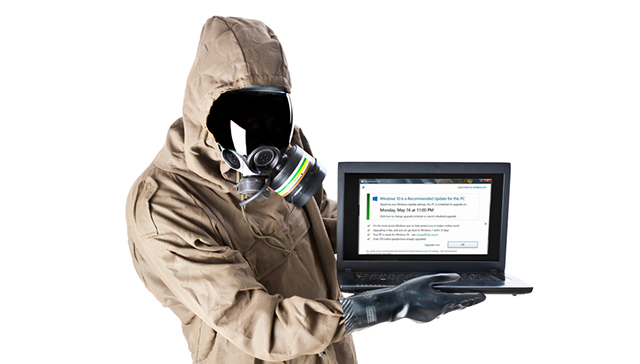
Windows 7 and 8.1 users turning off critical updates to avoid Windows 10 'malware'
When Windows 10 was first offered to users of Windows 7 and 8.1 it was via a pleasant upgrade tool that allowed users to 'reserve' their copy of the new OS. However, as time has gone by, Microsoft has employed more and more insidious methods to get people to upgrade, including tricking them into doing so.
The sneaky behavior has gotten so bad, that growing numbers of users of the older operating systems have taken to disabling critical updates in order to completely avoid Windows 10.

Microsoft brings Windows 7 fully up-to-date with new convenience rollup package, simplifies future updates for Win 7 and 8.1
While Microsoft is desperate to get as many users as possible on to Windows 10 before the free period expires at the end of July, it hasn’t entirely forgotten about its previous operating systems.
The software giant today announces it has created a convenience rollup package for Windows 7 that will bring that operating system up to the newest patched version without users having to install all previous updates one by one. It’s also making monthly update rollups available for that OS and Windows 8.1 (as well as Windows Server 2008 R2 SP1, Windows Server 2012 and Windows Server 2012 R2).

A closer look at the Never 10 automatic upgrades disabler for Windows 7, Windows 8.x
Never 10 is a new freeware tool which aims to prevent Windows 7 and Windows 8.x systems from automatically updating to Windows 10. Sounds like a host of other recent update-blockers, we thought -- but no. It’s more interesting than that.
First up, it’s written by veteran developer Steve Gibson, the man behind SpinRite, ShieldsUp! and assorted early Windows freeware, and someone who knows what he’s doing. If you need more reassurance, the 81KB download size tells you there’s no adware here, no extra payload.

Microsoft extends support for Intel Skylake systems running Windows 7, Windows 8.1
Microsoft has decided to reverse its position regarding support of Windows 7 and Windows 8.1 on systems using Intel’s Skylake platform.
In January, the company said that it would only guarantee full extended support for Skylake systems running Windows 7 and 8.1 until 17 July 2017. Microsoft now plans to offer full extended support for these systems for one more year, until 17 July 2018.

How to uninstall the Windows 10 'Recommended' update and go back to Windows 7 or 8.1
Now that Microsoft is forcibly downloading Windows 10 onto unsuspecting Windows 7 and 8.1 users’ PCs there’s going to be a lot of unhappy customers faced with a new OS they never asked for nor wanted.
You can prevent this from happening by making sure the "Recommended Update" setting is unchecked on your PC, but if you fail to do this and accidentally allow the installation to go ahead (or maybe you tried Windows 10 and didn’t like it), the good news is it’s easy to roll things back to your original operating system.
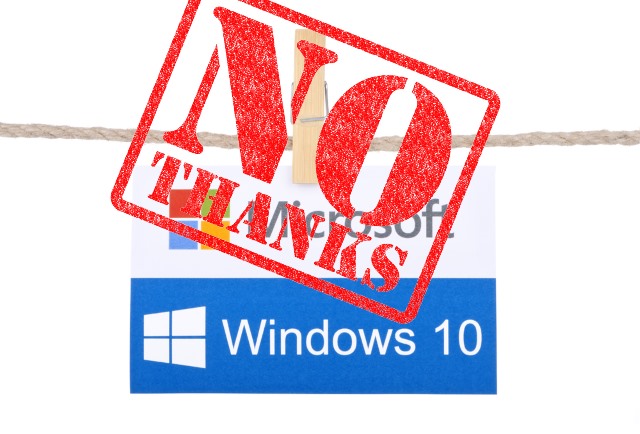
How to block the Windows 10 'recommended' update on Windows 7 and 8.1
Microsoft has changed the Windows 10 update from "Optional" to "Recommended". And by "Recommended" it means "You’re getting it whether you want it or not".
If your Windows 7 or 8.1 PC is set to install recommended updates automatically (because -- more fool you -- you just wanted it to be up to date and safe) then Microsoft will cheerfully download the new OS and start the installation process for you. Don’t want that to happen? Here’s how to stop it.
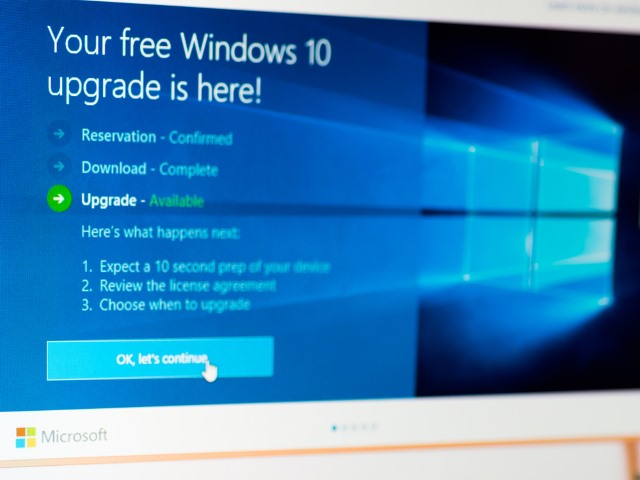
How to fix error 0xc0000017 when installing Windows 10
While I've been running Windows 10 for what seems like forever now, a desktop computer sitting in my office running Windows 8.1 has been crying out for an upgrade for some time. Having had a problem-free upgrade on three other machines, I expected nothing out of the ordinary with this computer. I was wrong.
Initially I left Windows Update to do its thing, but this failed on countless occasions. The error message suggested that a problem with my internet connection had interrupted the download, but this seemed unlikely. After numerous attempts, I decided to opt for a USB-driven installation. This also failed, this time with error 0xc0000017: "There isn't enough memory available to create a ramdisk device". Thankfully, the problem can be fixed -- here's what you need to do.

Microsoft makes upgrading to Windows 10 a smoother experience for Windows 7 and 8.1 users
Microsoft really, really wants people to upgrade to Windows 10. Even though the new OS is free, users of Windows 7 and 8.1 are proving a bit reluctant to switch, so the software giant has rolled out some new updates for the older operating systems which promise to make the upgrade much smoother for those who do decide to take the plunge.
There are two updates available now, one for Windows 7 and one for Windows 8.1, both of which make improvements to the Windows Update Client.

Left behind by the Windows 10 bandwagon
I consider myself a patient person. After more than 25 years in the IT industry you sort of have to be. When I bought my first real hybrid 2-in-1 PC -- an HP Envy x2 -- I learned to put up with the many quirks of the then brand-new Windows 8. And when Windows 8.1 arrived, I tolerated several weeks of display artifacts and other graphical anomalies, confident that they would all get sorted out -- eventually.
Which they did. In fact, for each case a new round of device drivers -- specifically, for the Envy x2’s Atom Z2760 chipset and associated Graphics Media Accelerator (GMA) video subsystem -- cured what ailed it. So it’s understandable that I would expect a similar scenario to play out with Windows 10. After all, Microsoft’s new OS is really just a retread of Windows 8 (which was itself a retread of Windows 7, etc.). And my trusty Envy x2 excels at running Windows 8.1.
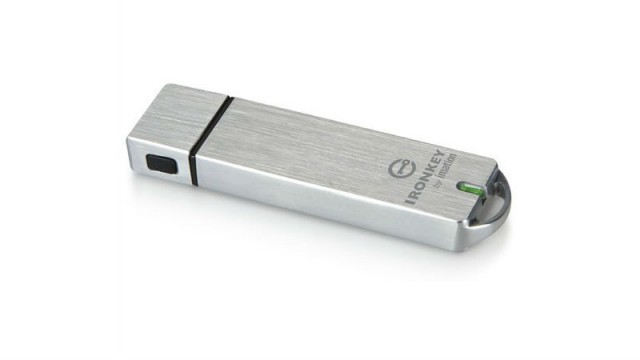
Imation IronKey Workspace W500: Secure Windows To Go drive for enterprise users [Review]
In the modern workplace there’s increasing demand for people to be able to work remotely or bring their own devices into the office. That presents a problem for IT departments who need to deliver secure access to corporate data and ensure that everyone is using approved applications.
One way of allowing employees and contractors to use their own PCs but still ensure they’re running the approved corporate software is the IronKey Workspace. It’s a bootable USB stick that can be loaded with a corporate Windows image including applications, security controls and access policies. It will work on any reasonably modern PC and on some Macs too.
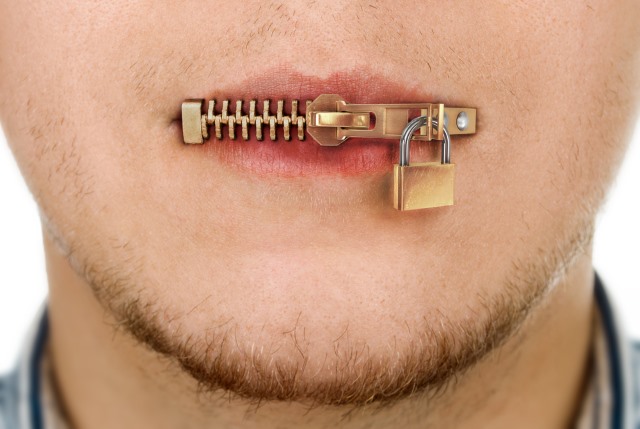
Microsoft refuses to answer questions about forced Windows 10 downloads
Just last week Microsoft managed to piss off a lot of people by secretly downloading the Windows 10 installation files to their computers without permission. The comments from BetaNews readers were plentiful, but divided. Some didn't see the problem, while others thought it to be invasive and presumptive.
But there was one question that popped up again and again -- just what the hell was Microsoft thinking? I decided to try to find out but found that the company was somewhat cagey with what it wanted to say on the matter. This is not on. People are more than a little annoyed, and they are demanding answers. They deserve them.
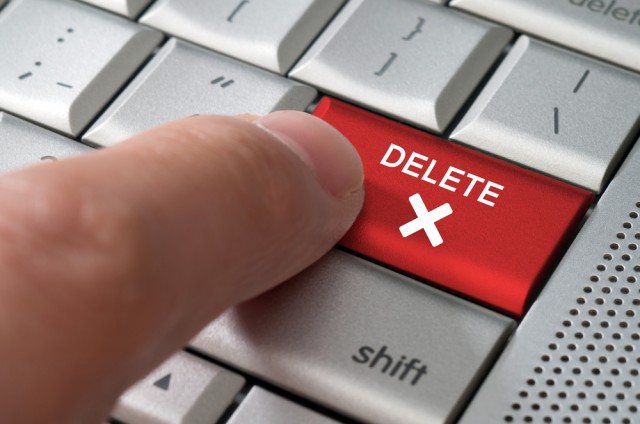
Remove unwanted Windows 10 upgrade files from Windows 7 and Windows 8.x
Microsoft has reportedly been downloading Windows 10 installation files on to computers running Windows 7 and 8.x, regardless of whether the users plan to upgrade to the new OS or not.
If you’re thinking of making the switch, and have requested an upgrade, that is fair enough. But if you’re more than happy to stick with your older OS for now, you might not be too happy about Microsoft cluttering up your hard drive with junk install files you don’t want. Fortunately, removing these files is easy enough.
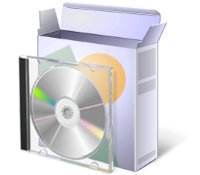
8GadgetPack brings gadgets back to the Windows 10 desktop
Windows gadgets made their first appearance in Vista as a convenient way to install tiny desktop tools like clocks, system monitors or weather applets.
The technology was retired in 2012 due to security vulnerabilities, but these days any danger is minimal, and if you were a fan then 8GadgetPack provides an easy way to run more than 50 gadgets on Windows 8, 8.1 and 10 PCs.
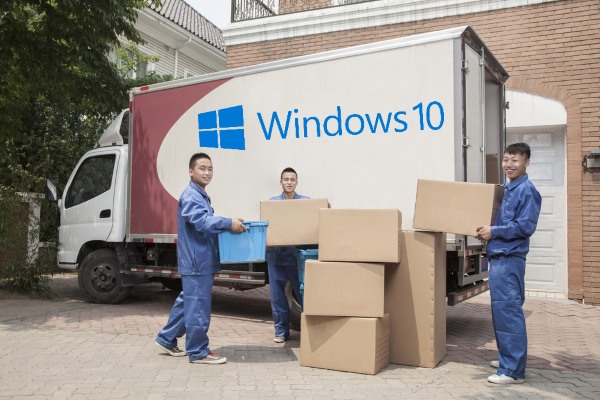
Microsoft makes it easy to switch to Windows 10 with free PCmover Express
Microsoft has teamed up with Laplink to try to encourage people to upgrade from Windows 7 and Windows 8.1 to Windows 10, offering a free copy of PCmover Express to anyone who wants it. Many people took the launch of Windows 10 as an excuse to buy a new computer with it pre-installed -- but then there is the problem of accessing the files stored on the old PC.
While it is possible to manually move files to your new computer, it's not something that everyone is comfortable with. Microsoft's solution to provide people with a data transfer tool for free is one that's likely to attract some attention, so here’s what you need to do to take advantage of this time-limited offer.

Ha-ha! Windows 10 is already twice as popular as Windows 8
The last lot of desktop OS figures released by NetMarketShare showed that Windows 10 had doubled its usage shared in a matter of days, but it wasn’t exactly an exciting number. Upon release the new OS managed to go from 0.16 percent to 0.39 percent.
But now that Windows 10 has had a month to settle in, we can finally see exactly how well it’s doing. Microsoft has said that there have been over 75 million installs, but what does that equate to in terms of usage share? NetMarketShare’s figures for August always promised to be exciting, and they definitely don’t disappoint now that they’re here.
